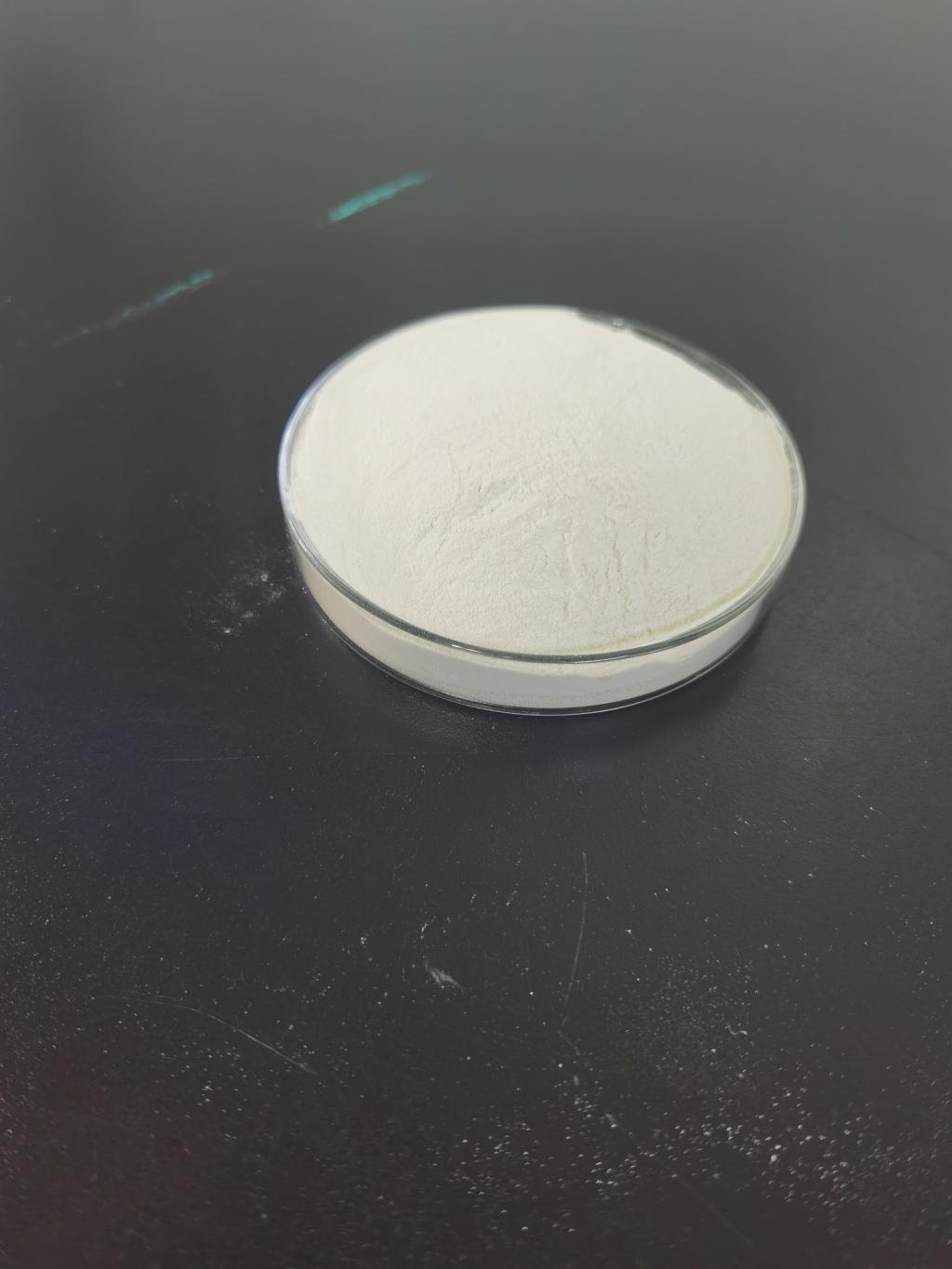Tel:+8618231198596

News
 CONTACT
CONTACT
 CONTACT
CONTACT
- Linkman:Linda Yao
- Tel: +8618231198596
- Email:linda.yao@dcpharma.cn
- Linkman:CHARLES.WANG
- Department:Overseas
- Tel: 0086 0311-85537378 0086 0311-85539701
News
Current Position:
Home >
News
>Nisin's Role in the Preservation of Ethnic Foods: Balancing Tradition and Innovation
Nisin's Role in the Preservation of Ethnic Foods: Balancing Tradition and Innovation
TIME:2023-12-22
1. The Significance of Ethnic Foods:
Begin by highlighting the cultural and social importance of ethnic foods. Discuss the unique flavors, techniques, and historical significance that make these foods a vital part of various communities. Emphasize the need to preserve these culinary traditions for future generations.
2. Preservation Challenges in Ethnic Foods:
Examine the preservation challenges specific to ethnic foods. Factors such as diverse ingredient profiles, unique fermentation processes, and regional variations contribute to the complexity of preserving the authenticity of these foods. Discuss how traditional preservation methods may fall short in meeting the demands of modern food distribution.
3. Nisin as a Natural Preservation Solution:
Introduce nisin as a natural antimicrobial peptide derived from Lactococcus lactis. Discuss its historical use in traditional fermented foods and its potential to address modern preservation challenges. Emphasize the importance of a natural and culturally compatible solution for ethnic food preservation.
4. Nisin in Fermented Ethnic Foods:
Explore the historical use of nisin in fermented ethnic foods. Discuss its role in inhibiting unwanted microbial growth while allowing beneficial fermentative processes to thrive. Highlight case studies or examples of how nisin has been integrated into traditional fermentation practices.
5. Applications in Dairy-Based Ethnic Delicacies:
Delve into the application of nisin in preserving dairy-based ethnic foods, such as various types of cheeses and yogurts. Discuss how nisin can enhance safety, extend shelf life, and maintain the unique flavors of these dairy products while respecting traditional production methods.
6. Nisin in Meat and Seafood Preservation:
Examine how nisin can be applied in preserving meat and seafood, common components of many ethnic cuisines. Discuss its efficacy in controlling spoilage organisms and pathogens in a way that aligns with traditional methods of curing, smoking, or fermenting these protein sources.
7. Challenges in Nisin Application for Ethnic Foods:
Address challenges associated with integrating nisin into the preservation of ethnic foods. These challenges may include variations in food matrices, regional differences in culinary practices, and consumer acceptance. Explore how ongoing research aims to overcome these hurdles.
8. Innovations in Packaging and Delivery:
Discuss how innovations in packaging and delivery systems can complement the use of nisin in preserving ethnic foods. Explore the use of active packaging materials and controlled-release technologies to optimize the effectiveness of nisin while maintaining the integrity of traditional flavors.
9. Collaborations between Tradition and Innovation:
Highlight successful collaborations between traditional food producers and modern food technologists leveraging nisin. Explore case studies where the integration of nisin has enhanced the safety and longevity of ethnic foods without compromising their cultural authenticity.
10. Future Prospects and Cultural Sensitivity:
Discuss the potential future developments in the use of nisin for preserving ethnic foods. Emphasize the importance of maintaining cultural sensitivity and respect for traditional culinary practices in the ongoing quest for innovation.
Conclusion:
Summarize the article's key points, underscoring the delicate balance between tradition and innovation in the preservation of ethnic foods through the application of nisin. Emphasize the potential for nisin to be a bridge between the rich tapestry of culinary heritage and the demands of a rapidly changing food landscape. As we navigate the intersection of tradition and innovation, nisin emerges as a promising tool in preserving the authentic flavors of diverse and culturally significant foods worldwide.
- Tel:+8618231198596
- Whatsapp:18231198596
- Chat With Skype







